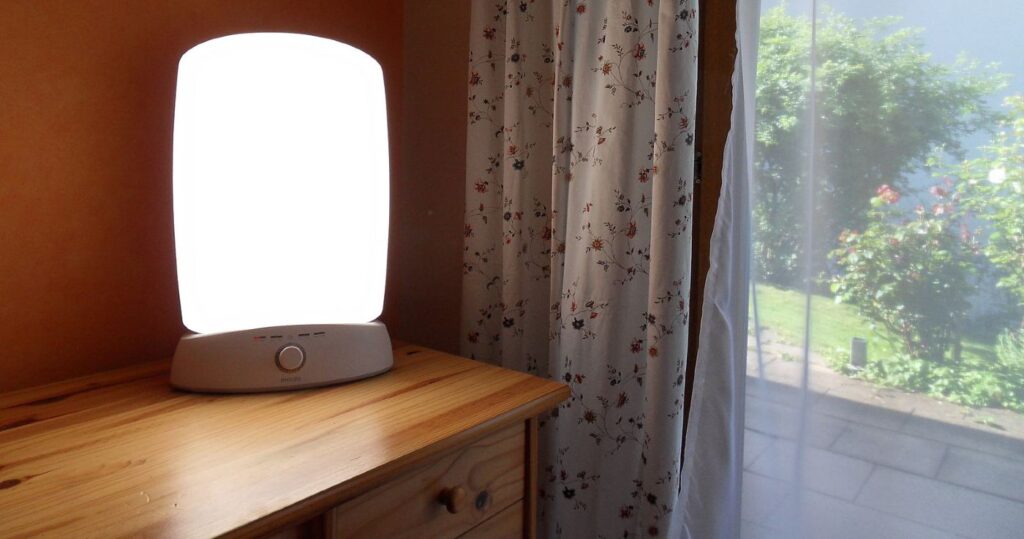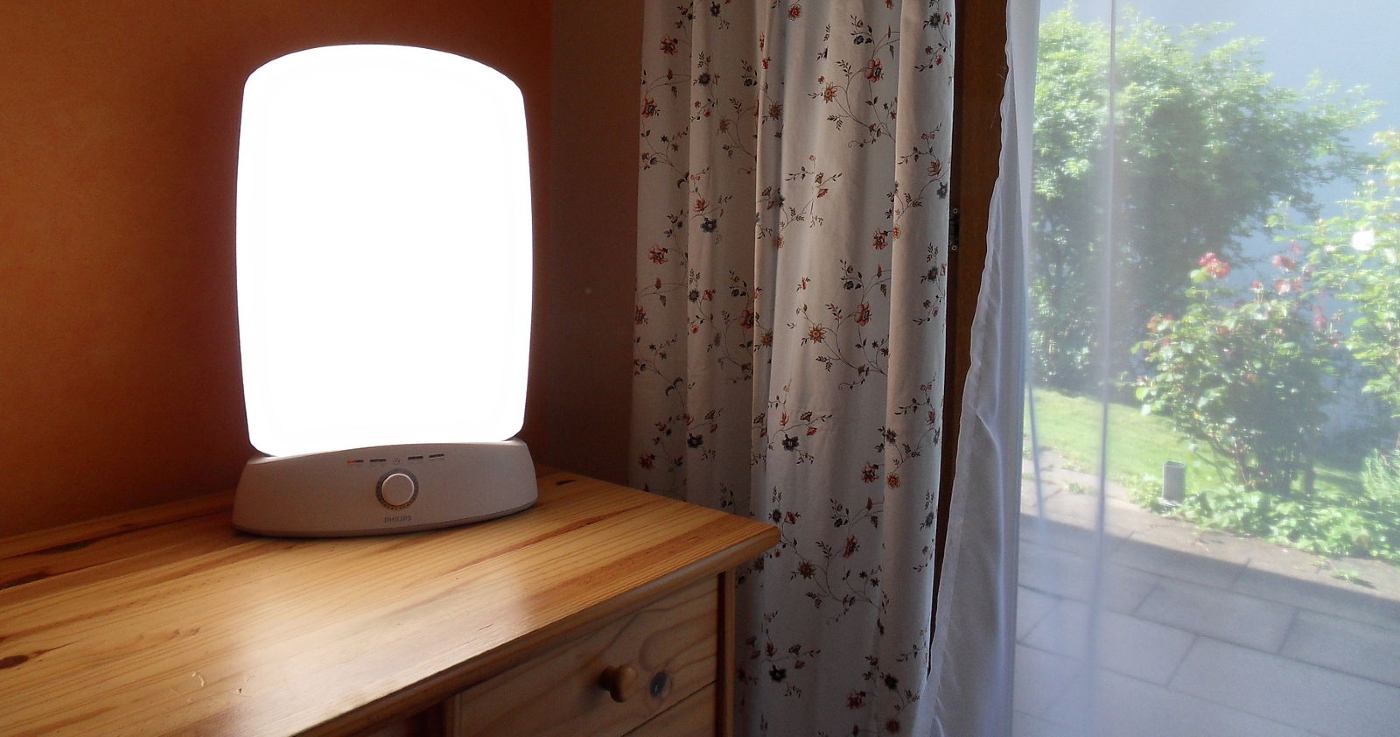Aside from exercising and staying outside, light lamp therapy can be used to treat seasonal affective disorder in people who must remain indoors for work, COVID, or both.

There is nothing wrong with acknowledging one has seasonal affective disorder (SAD). It’s a simple confusion in the brain arising from changes in seasons and can affect anyone.
Boston University claims 10 million Americans get low moods in the winter months, when across a large part of the continental U.S, the sun sets at around 5:30pm.
All kinds of slight disfunctions can occur if someone stays inside all day. Research on office workers bears witness to changes in mood, dietary preferences, vitamin D deficiencies, and more, and while even in normal years, winter has people indoors more than they would be in summer, COVID-19 has exacerbated the problem.
Often one of the reasons why SAD can affect people so strongly in the winter time is because the sky is more often overcast. Cells in our eyes known as melanopsin detect light spectrums to determine what time of day it is, and an overcast sky all day can interfere with their calculations.
One method for treating this is to, so to speak, get an artificial sun—one that can beam right into your home or office.
Light lamp therapy
Circadian rhythms, the series of biological attunement of the organism to the day-night cycle in its environment, are present in every living thing, and in nearly every tissue of living things. It’s safe to say they are important.
CHECK OUT: Dispel Lockdown Woes and Hectic Holidays With Simple, Science-Backed Tips For Boosting Mood
When our brain senses the light from the sun is gone, it signals the creation of melatonin in the pineal gland. Of course, at 5:00pm, few in the modern world is ready for bed. Some people use light lamps to trick their brain into thinking it’s still daytime.
However it’s not only the detection of falling sunlight that determines melatonin production. It’s also the presence of sunlight during the day that helps produce melatonin at night.
One needs a strong lamp to replicate the kind of sunlight exposure examined in this study. A therapy lamp must deliver 5,000 to 10,000 lux, compared to the 800-900 lux provided by an early evening sky or the 100-400 provided from normal indoor lighting.
Studies show it’s an effective treatment for SAD, as well as the counterfactual—that blue-light usage after dark through LED screens can create depression in mice.
RELATED: Walking Through the Doorway of Change – How to Thrive Through Uncertainty
If one were to combine the use of a light lamp during the daylight hours, with use of blue-light filters to remove the sunlight spectrum from devices and computers around the time that the sun would go down in summer, for example around 8:30pm, the positive effect could be stronger.
Katie Sharkey at Brown University told Vox the pros and cons of using a light lamp, namely that they truly work for treating SAD, but that one has to be careful about using it at the right moment of the day.
If used too early in the day you’ll find yourself becoming tired before your normal bedtime, while using it too late can prevent you from falling asleep.
MORE: Positive Outlook Predicts Less Memory Decline, Says New Research
Despite this, a therapy lamp is definitely an option, like vitamin D or exercise, for treating SAD, and while Sharkey warns they can cause side-effects like headache or interference with other medicines, it’s a cheap treatment option that can be discussed with any kind of mental health professional, and can cost as little as $50.
PASS on the Positive Rays and Share This Story With Friends…




















